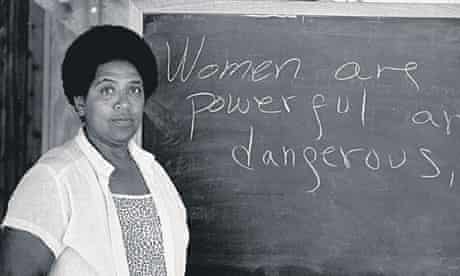Not as simple as black or whitePosted in Articles, Census/Demographics, Identity Development/Psychology, Media Archive, Social Science, United Kingdom on 2011-11-25 06:56Z by Steven |
Not as simple as black or white
The Voice
2011-11-21
How mixed-race Brits are tackling issues surrounding dual heritage
LAST MONTH, the UK’s fastest growing ethnic minority, as part of the BBC’s Mixed Britannia series, reignited the debate of what it means to be ‘mixed-race’.
Demographers have predicted that Britain’s mixed-race population will reach 1.3 million by 2020 – almost double the number recorded in 2001. Of this figure, 45 percent are mixed white and black.
But despite increasing acceptance of inter-racial relationships and more visible mixed-race people such as Formula One driver Lewis Hamilton, actress Thandie Newton and Olympian Kelly Holmes, the concept of being mixed-race remains quite literally a grey area – a type of no man’s land where nothing is as simple as black or white.
Some critics find the need for mixed-race people to identify as such divisive, and argue that biologically there can be no such thing. Others argue that by merit of having a collective experience, mixed-race people should be free to align themselves in this way, and subsequently, get their voice heard when it comes to policy and decision-making.
Self-defining
Then there are those who are comfortable self-defining as black in the political sense as a means of navigating British society.
Bradley Lincoln, founder of social enterprise Mix-D, whose aim is to provide a year-round national platform for mixed-race debate, said: “When we talk about being mixed-race there is a danger of either over-celebrating or sounding like a victim.
“Mixed-race people are not foot soldiers for a new racism. It is not a homogenous group. It is not a separate ethnic grouping – but it is time to move the conversation forward, particularly within the education and the social care system where many mixed children are considered just black.”…
Read the entire article here.


